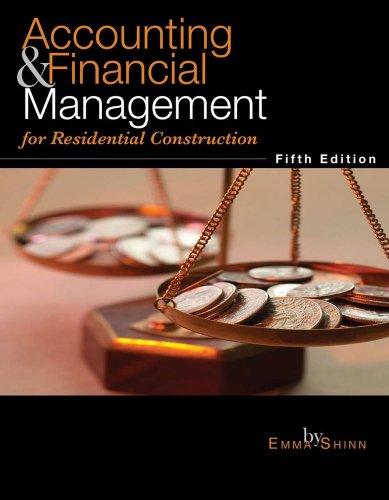Please answer B and C. For B, I need the answers in the graph itself. Please don't copy and paste anything from a book or the internet. Thanks. I provided with the information for A because it is needed for B and C.


A. Monopolistie Competition. Assume that widgets are produced by a monopolistic competitive industry in the US and in Japan For the US and Japan, firms have similar fixed costs (F) and marginal costs (c): $20,000 and 54 per unit respectively. Suppose that US and Japanese sales (S) are respectively given by the following figures as well: $400,000 and $1,024,000. One can characterize the US market for widgets. Recall that the relationship between the number of firms ( n ) and the average costs of a typical fimm can be captured by the CC curve and is given by the equation: 4C = (F/5)+c or AC = 4+.05. In addition, the relationship in the US between the number of firms and the price each firm charges can be depicted using the PP curve given by: P=c+(20) of P = 4+20/ where the sensitivity of a firm's sales to its price has already been included into the equation. (A.1) What is the no trade equilibrium number of firms for the US? What is the US equilibrium price? What are firm profits? Explain your last answer. (10 points) (A.) What is the no trade equilibrium number of firms in Japan? What is Japanese equilibrium price? (Hint: you need to change the AC equation given above so that is consistent with Japanese sales). (10 points) (A.110) Suppose that US and Japan now allow free trade among themselves for widgets. Given that total sales are now $1,424,000, how many total firms will be in the combined market for widgets? Round down any fraction that you obtain (since rounding up would only induce profits to be negative in the industry). What is the equilibrium (free trade) price of widgets for each country? (7 points) (A.lv) Are consumers in each country better off with trade? Why or why not? (4 points) B. Price Discrimination and Dumping. In the diagram below, depict the solution for the domestic monopoly firm that price discriminates between its home market (where it has a downward-sloping demand curve) and the foreign market where it is just one of many competing firms and therefore faces a horizontal demand curve for that market). Show prices and output for both markets (PDom. Praes Doms QFae) and total output (Q1) in order to get full credit. (8 points) MC -DFor = MR For Pfor Dpom MR Dom C. Export Subsidy. Suppose the home country exports cloth and imports food. Show the impact of an export subsidy by the home country using the relative demand and relative supply curves for cloth. What is the impact on the home country's terms of trade? Make sure you label your graph and explain your reasoning. (8 points). A. Monopolistie Competition. Assume that widgets are produced by a monopolistic competitive industry in the US and in Japan For the US and Japan, firms have similar fixed costs (F) and marginal costs (c): $20,000 and 54 per unit respectively. Suppose that US and Japanese sales (S) are respectively given by the following figures as well: $400,000 and $1,024,000. One can characterize the US market for widgets. Recall that the relationship between the number of firms ( n ) and the average costs of a typical fimm can be captured by the CC curve and is given by the equation: 4C = (F/5)+c or AC = 4+.05. In addition, the relationship in the US between the number of firms and the price each firm charges can be depicted using the PP curve given by: P=c+(20) of P = 4+20/ where the sensitivity of a firm's sales to its price has already been included into the equation. (A.1) What is the no trade equilibrium number of firms for the US? What is the US equilibrium price? What are firm profits? Explain your last answer. (10 points) (A.) What is the no trade equilibrium number of firms in Japan? What is Japanese equilibrium price? (Hint: you need to change the AC equation given above so that is consistent with Japanese sales). (10 points) (A.110) Suppose that US and Japan now allow free trade among themselves for widgets. Given that total sales are now $1,424,000, how many total firms will be in the combined market for widgets? Round down any fraction that you obtain (since rounding up would only induce profits to be negative in the industry). What is the equilibrium (free trade) price of widgets for each country? (7 points) (A.lv) Are consumers in each country better off with trade? Why or why not? (4 points) B. Price Discrimination and Dumping. In the diagram below, depict the solution for the domestic monopoly firm that price discriminates between its home market (where it has a downward-sloping demand curve) and the foreign market where it is just one of many competing firms and therefore faces a horizontal demand curve for that market). Show prices and output for both markets (PDom. Praes Doms QFae) and total output (Q1) in order to get full credit. (8 points) MC -DFor = MR For Pfor Dpom MR Dom C. Export Subsidy. Suppose the home country exports cloth and imports food. Show the impact of an export subsidy by the home country using the relative demand and relative supply curves for cloth. What is the impact on the home country's terms of trade? Make sure you label your graph and explain your reasoning. (8 points)








